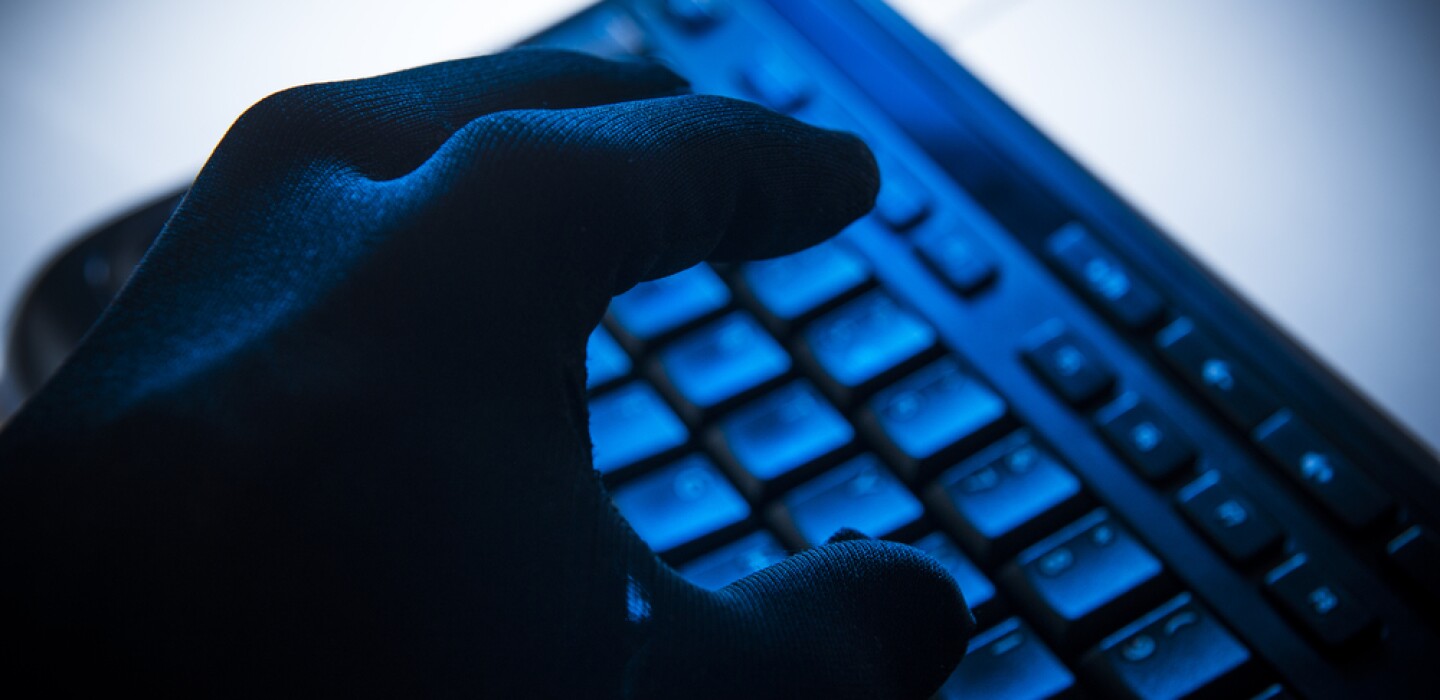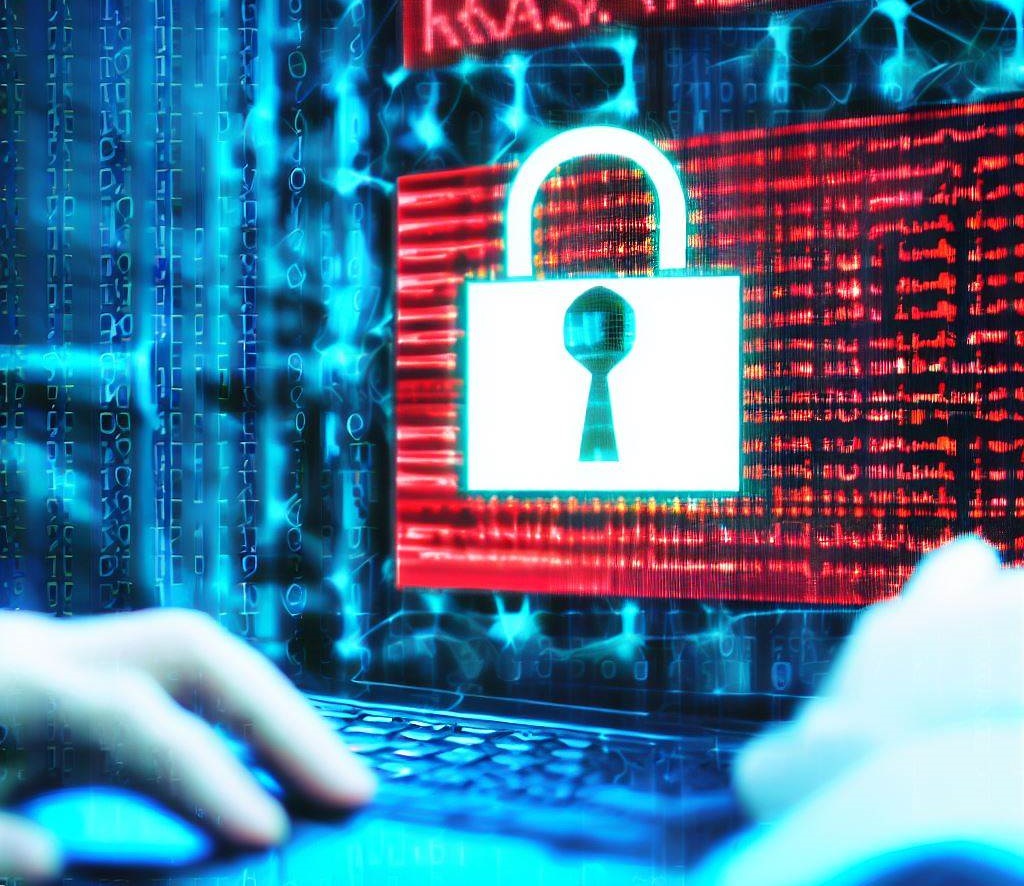San Bernardino County, Calif., Paid $1.1M to Hackers
(TNS) — San Bernardino County acknowledged this week that it has paid a $1.1 million ransom to a hacker who uploaded malware to the Sheriff’s Department’s computer system.
In a ransomware attack, a criminal enters a system and encrypts the data, leaving the owner unable to access it. If a ransom is paid, usually in cryptocurrency, the criminal will provide a decryption key to unlock the data.
For weeks, the county said little publicly about the hack, other than to call it a “network disruption.”
David Wert, a county spokesman, said the county had anticipated such a computer invasion and had taken out insurance. He said that of the $1.1 million payout, the county’s share was $511,852 and that the insurance company paid the rest.
Sheriff Shannon Dicus said Wednesday that the cyber attack did not compromise public safety but workarounds were required for certain tasks. For instance, he said, deputies could not access the California Law Enforcement Telecommunications System, which can tell deputies when a person is wanted for crimes elsewhere in the country. So deputies would request other agencies check the CLETS records.
It was unclear Thursday whether any information was stolen. The department is still going through its systems to learn what has been affected. Those that have been determined to be safe and functioning are being turned back on, said Mara Rodriguez, a sheriff’s spokeswoman.
No other county department computer systems were affected, Wert said.
Chuck Brooks and some other cybersecurity experts say paying a ransom is a bad precedent.
“Generally, businesses should not pay for ransomware as they will likely be hit over and over again as it will be shared and sold by criminal hackers on the dark web,” Brooks said in an email on Thursday, May 4.
Brooks, in a story he wrote that appeared in Forbes magazine, said ransomware has been around since the late 1980s and “it has become a trending and more dangerous cybersecurity threat.”
Wert said there was a discussion about whether to pay but declined to elaborate beyond this statement:
“The decision whether to render payment was the subject of careful consideration,”…



